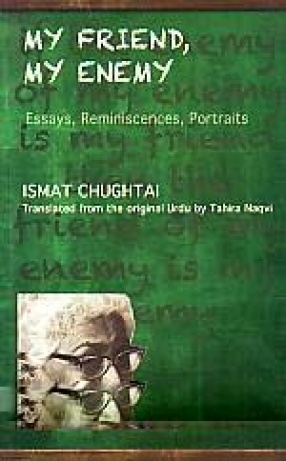
Kali for Women

58 books
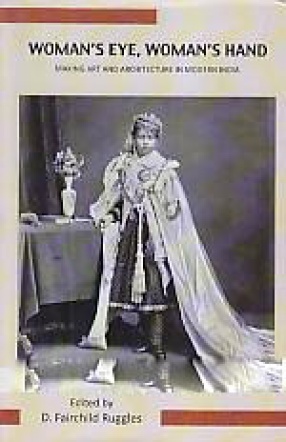
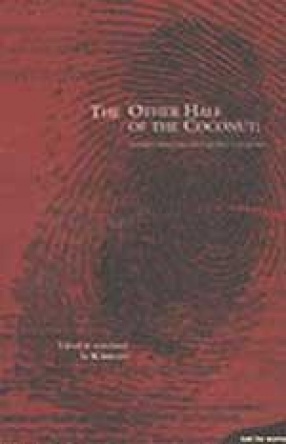
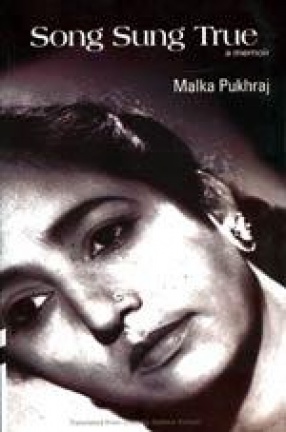
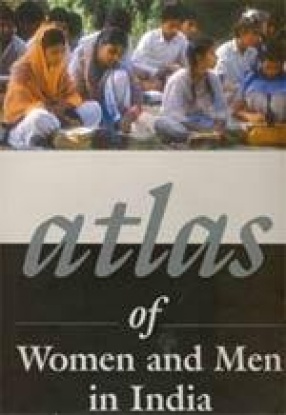


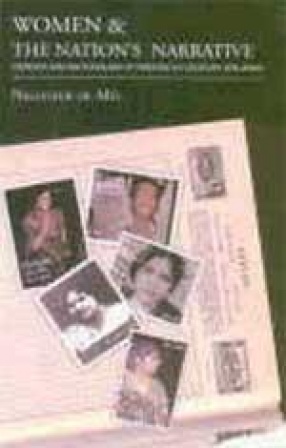
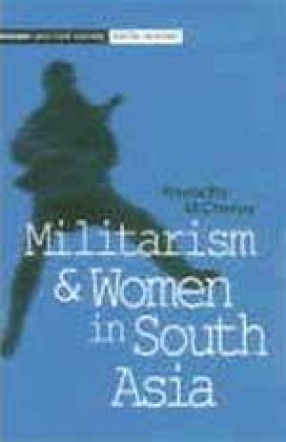





This selection from Ismat Chughtai's prose writing, comprising essays, commentaries and pen-portraits of her contemporaries, gives the reader a good idea of the artistic, political and social mores of her times. It also serves as a background to her own work and furnishes insights into the art and lives of her contemporaries. Chughtai's involvement with the Progressive Writers' Association and her friendship with writers like Sa'dat Hasan Manto, Patras Bokhari, ...

This collection of nine essays examines the agency of women as the producers and patrons of art, crafts and architecture in India in the late nineteenth and twentieth centuries. Tracing the emergence of female artists and female patrons, it analyses both the embrace of feminist principles and its rejection as a framework for social action.
It also examines how women—supposedly invisible and denied positions of prominence in the public sphere—gained ...
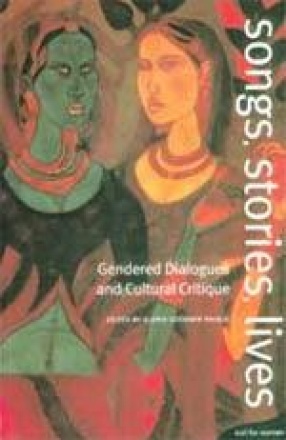
The essays in this volume address theoretical and ethnographic issues concerning oral traditions and women’s speech in diverse South Asian Communities in North and South India and Nepal. Grounded in an awareness of the colonial, postcolonial and academic textualizations that so often have prevented women’s speech from being heard or their silences understood, the papers work towards an interpretation of women’s expressive genres as responding critically to ...

Terror is a matter of fact. Globally. Long before the attacks on the World Trade Center on September, 11, 2001, large parts of the world had lived with and resisted terrorisms that often masqueraded as liberation struggles: Sri Lanka, Bosnia, Rwanda, Northern Ireland, Algeria, Afghanistan, Pakistan, India, Palestine/Israel… Women across the world have spoken out against terrorism, militarism and violence of all kinds as an unacceptable strategy for resolving ...

The self-respect movement launched by Periyar (E.V. Ramasami Naiker) in 1926 questioned the ways in which the lower castes were systematically excluded from the Indian nation and constructed as the ‘Other’ by the Brahmin elites. While Periyar’s role within the movement has received critical and scholarly attention, women self-respecters and the issues they raised have gone largely unnoticed. This collection of essays and fiction by women self-respecters ...
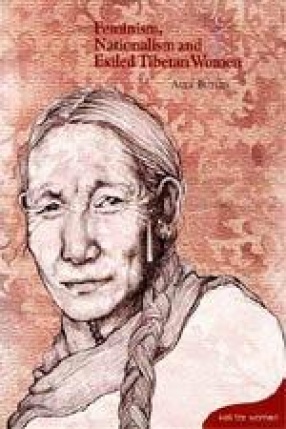
On September 1, 1995, Tibetan nationalism and international feminism came together in front of a global audience when nine exiled Tibetan women staged a demonstration at the United Nations Fourth World Conference on women in Beijing. From the Tibetan perspective, the women had created history by becoming the first Tibetans ever to hold a protest on Chinese soil. This book traces the history of organized political resistance by Tibetan women over the 40-year ...

One of the grand 'singing ladies' who began their lives in the first quarter of the twentieth century, Malka Pukhraj was educated in Urdu, Persian, music and dance. These latter two became her life and she began her career as a court singer in the erstwhile princely state of Jammu and Kashmir, going on to become an independent performer, whose voice and words are now familiar to millions in the subcontinent. In this remarkable, witty and candid account, Malka ...

This compilation of almost 100 maps is put together using data from the 1991 Census of India. The Atlas maps a regional geography of women and men, using indicators as diverse as literacy, education, voting patterns, cultural groupings, fertility rates, workforce participation etc. The aim is to provide information based on Census data which can help demonstrate the diversity of women's lives in India, and to provide it in such a way that readers/users can ...

One cruel night, young Meggie's father, Mo, reads aloud from Inkheart and an evil ruler named Capricorn escapes the boundaries of fiction and lands in their living room. Suddenly, Meggie is smack in the middle of the kind of adventure she has only read about in books. Somehow, Meggie and Mo must learn to harness the magic that conjured this nightmare. Somehow they must change the course of the story that has changed their lives forever.

"Bangladeshi writer Taslima Nasrin’s first major work in exile, My Girlhood is a sensitive retelling of her growing up as part of an extended family in Bangladesh and erstwhile East Pakistan. The pictures emerge like flashes from a colourful kaleidoscope, creating a brilliant image as the author moves back and forth between her own life and that of a fledgling nation. A child like innocence and freshness pervades her sharp observations of Bangladeshi ...

Using the contemporary workings of property law in India through the lives and thoughts of middle-class and poor women, this is a study of the ways in which cultural practices, and particularly notions of gender ideology guide the workings of law. It urges a close reading of decisions by women that appear to be contrary to material interests and that reinforce patriarchal ideologies. The Hindu succession act was passed in India in 1956 theoretically giving Indian ...
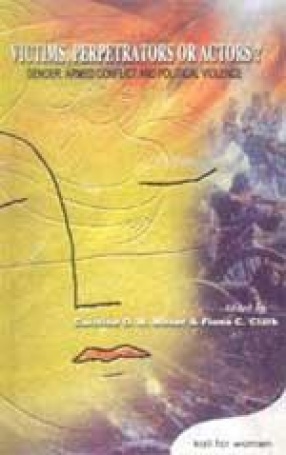
This book provides a holistic analysis of the gendered nature of armed conflict and political violence, and a broader understanding of the complex, changing roles and power relations between women and men during such circumstances. Currently, armed conflict and political violence are predominantly viewed as ‘male domains’, perpetrated by men acting as soldiers, guerrillas, paramilitaries or peacemakers. The involvement of women has received far less ...

This book explores the development of nationalism in Sri Lanka during the past century, particularly with in the dominant Sinhala Buddhist and militant Tamil movements. Tracing the ways women from diverse backgrounds have engaged with nationalism, Neloufer de Mel argues that gender is crucial to an understanding of nationlism and vice versa. Traversing both the colonial and postcolonial periods in Sri Lanka’s history, the author assesses a range of writers, ...

National security and militarism have traditionally been male domains and the theory and policy of national security, of war and peace, have been formulated, executed and narrated by men. This book traces the course of militarism in several South Asian states, with a more detailed account of women’s experiences of it in India, Pakistan, Bangladesh and Sri Lanka. Women in South Asia have borne the brunt of militarism in a number of ways but especially because, ...
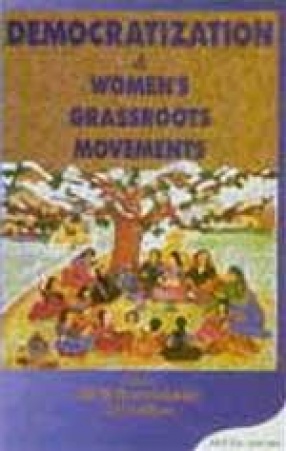
THE FALL of communist regimes in Eastern Europe and of dictatorships in Latin America brought new attention to democratic movements worldwide. Most interest focused on national activities, electoral politics and the expansion of capitalist markets, and though much has been written about social movements, the connections between women’s grassroots organizations and democratization have been neglected. This book explores how these movements contribute to the ...
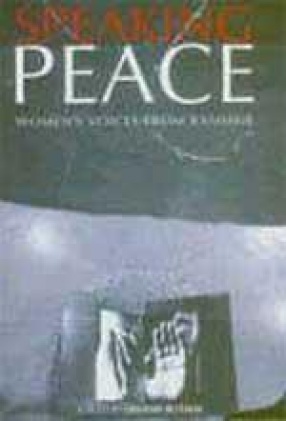
Kashmir has been, for some years, a key issue on the Indian political map. More than a decade of conflict has deeply affected people’s livelihoods and living environments, their health, their eating habits, their work and workplaces, their access to education. The impact of these things is felt most sharply in the lives of women, and yet, few discussions on Kashmir pay attention to this. This book reflects the range of women’s experiences in this conflict. ...

This timely volume brings together the work of some of India’s leading feminist economists, historians, political scientists, journalists and anthropologists to investigate the contemporary situation of women in India. It focuses on four broad domains: the cultural, the social, the political and the economic. The writers argue that despite apparently positive indicators of progress in education and paid employment, women’s status has not improved. They point ...

This is a tremendously important book. It not only details the complex history of the interdependent constructions of colonial masculinities in British India, it also provides a model for how such histories should be written. The attention to detail and to theory produces a study that is nuanced, complex and clear--one that offers new insight into the contradictory ways in which race and gender structure the politics of both imperialism and nationalism." ...

Four women. One man. Five stories that interweave, overlap, cross over and come together as the characters speak their lives to the reader – and to each other. Five characters in search of themselves in different contexts, from different backgrounds, trying to connect across a chasm of loneliness and disappointment. Mridula Garg’s original Hindi novel, Kathgulab available in English for the first time, seethes with disquiet. No permanent solutions, no abiding ...
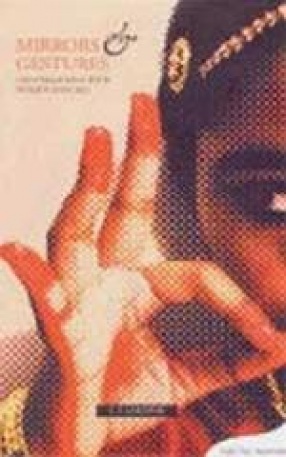
Mirrors and Gestures: Conversations with Women Dancers is the second of C.S. Lakshmi’s three volumes of detailed interviews with notable women musicians, dancers, and painters in India. Here she recounts the experiences of well-known classical dancers like Chandralekha, Zohra Segal, Sita Pooviah, the Jhaveri sisters, Chandrabhaga Devi, Indrani Rehman, Leela Samson, Alarmel Valli, Malavika Sarukkai and others, as well as Ranu Bai, a poikal kudirai (dummy-horse ...
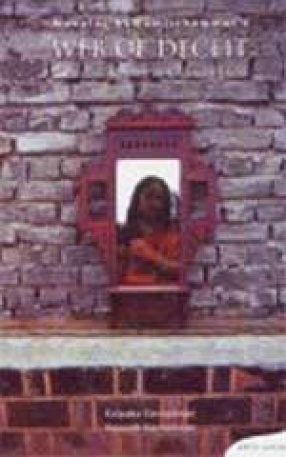
Dasigal Mosavalai (Web of Deceit) propagates the abolition of the devadasi system and seeks to reclaim youth from the temptations and immorality of the dasi. And yet in the very process of articulating the demand, the novel uncovers different layers of resistance and acquiescence to this demand. It is the story of lived lives, of political aspirations, of wealth, and of love in its several forms (maternal, paternal, conjugal, fraternal, sororal, erotic, for ...

Narrated in the intimate anger of a young woman’s journal-keeping voice this novel explores the politics of sex and class through the lives of women compelled to live their lives in the seclusion of the inner courtyard or aangan. Set in thirties India, Inner Courtyard is the story of a dystopic home where the battles of the world are played out. Based on the interiority of women’s lives it explores realpolitik through the ...
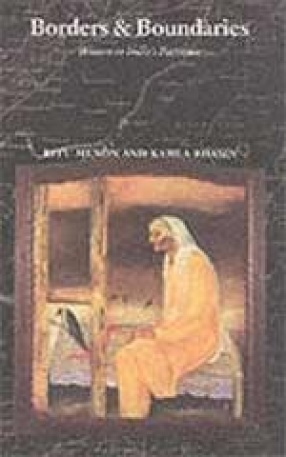
In 1947 India was simultaneously freed--and divided. The departure of the British was accompanied by a bloody partition in which one million people perished and over ten million were displaced in the largest peace-time mass migration this century has recorded. Borders and Boundaries attempts a feminist reading of partition providing, for the first time, testimonies and memories of women caught in the turmoil of the time. The authors make women not only visible, ...
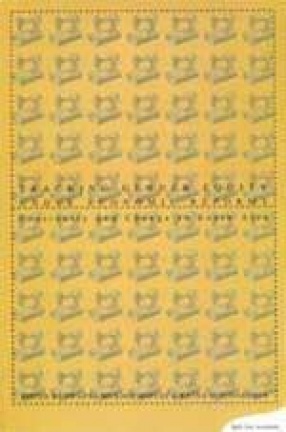
This book supplements the already rich literature on gender by attempting to put in place a consistent framework for gender analysis by demonstrating the importance of identifying the context of such analysis, and by highlighting the necessity of differentiating ‘gender’ per se from its various ‘indicators’. It seeks to put in place a new agenda of gender research by expanding the existing set of gender indicators to include gender-related stress, anxiety ...
